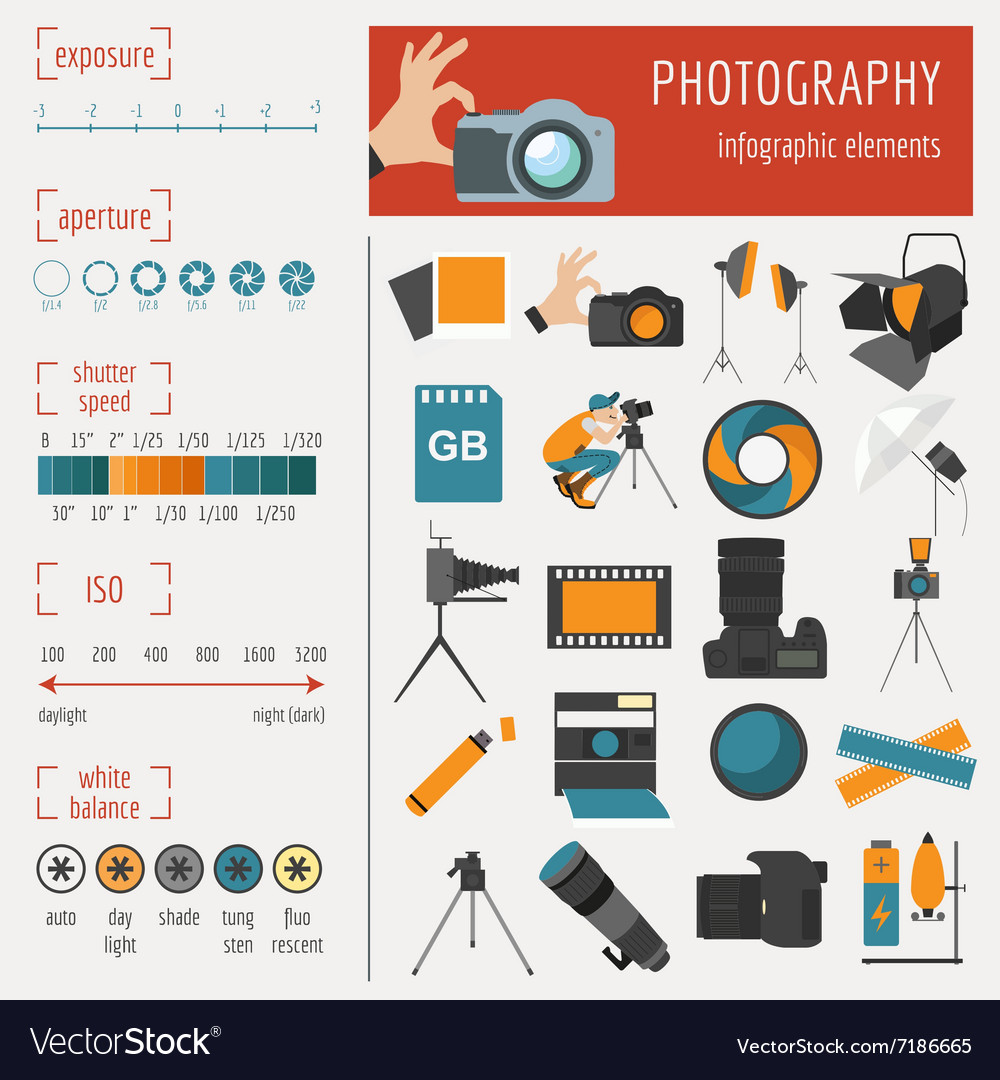What Every Photographer Needs To Know About Lighting
What Every Photographer Needs To Know About Lighting
Blog Article
Content Writer-Futtrup Isaksen
As a professional photographer, you know that lighting can make or break your pictures. Understanding the subtleties of both natural and fabricated light is essential for catching the state of mind and clarity you aim for in your job. Whether you're chasing the ideal gold hour glow or tweak your synthetic arrangements, mastering these elements can boost your digital photography considerably. However there prevail risks that many neglect, and recognizing them can change your method to every shoot. Allow's discover what you may be missing and exactly how it can influence your results.
Recognizing Natural Light
Comprehending natural light is critical for any type of digital photographer aiming to enhance their job. It's the foundation of fantastic digital photography, influencing mood, tone, and clarity. When you shoot outdoors, focus on the moment of day. The gold hour-- soon after daybreak and before sunset-- provides soft, warm light that can transform regular scenes right into stunning images.
Do not underestimate the power of cloudy days. Cloud cover diffuses sunlight, creating a soft, even light that's excellent for pictures and macro digital photography. You'll locate colors appear this sort of lights without extreme darkness.
Placing issues, also. Always consider your topic's orientation to the light. If the sunlight's behind your topic, you may wind up with a shape, which can be remarkable yet mightn't be what you want. Conversely, direct sunshine can create unflattering darkness.
Try out angles; sometimes, changing your perspective can produce amazing results. Usage natural reflectors, like water or sand, to jump light onto your topic, including dimension.
Learning Artificial Light
Grasping fabricated light is crucial for digital photographers that want to take their skills to the following degree. Whether you're utilizing speedlights, workshop strobes, or continuous lights, recognizing exactly how to control these resources can drastically enhance your photos.
Beginning by acquainting on your own with the fundamentals of light quality, direction, and shade temperature. Try out https://fstoppers.com/education/tips-different-filters-photographers-136778 like softboxes, umbrellas, or grids to regulate the soft qualities or cruelty of the light.
You'll locate that soft light frequently creates lovely outcomes, while harsher light can include drama and depth. Don't avoid shadows; they can enhance the three-dimensionality of your topics.
Pay very close attention to the placement of your lights. A light positioned also close to your topic can develop unflattering outcomes, while as well away can bring about an absence of detail. Use just click the next article or your electronic camera's histogram to guarantee you're revealing correctly.
Last but not least, bear in mind that man-made light can be combined with ambient light for innovative results. Stabilizing these sources could take practice, but once you understand it, your digital photography will genuinely radiate.
Strategies for Various Circumstances
When you step into various shooting circumstances, adjusting your illumination techniques is crucial for catching the most effective images. For exterior pictures, make use of the gold hour-- early morning or late afternoon light-- to soften shadows and enhance skin tones.
If it's a rough lunchtime sun, take into consideration making use of a reflector to bounce light back onto your subject or seek shaded locations for a more even direct exposure.
In https://squareblogs.net/erasmo02rolland/creative-ways-to-market-your-digital-photography-provider -light situations, like interior occasions, enhance your ISO and utilize a large aperture to allow in more light. A tripod can aid eliminate electronic camera shake, permitting longer direct exposures without obscuring.
If you're shooting at evening, try out off-camera flash to produce vibrant illumination and depth in your pictures.
For item digital photography, make use of diffused lights to avoid harsh representations. Softboxes or light outdoors tents can aid achieve this result.
When photographing landscapes, take into consideration the direction of light and time of day, as it can drastically change the mood of your shot.
Always prepare to readjust your setups and positioning based upon the circumstance, as flexibility is crucial to understanding lights in photography.
Verdict
Finally, understanding illumination is crucial to elevating your photography abilities. Embrace all-natural light's charm during gold hour, and don't avoid explore synthetic light techniques. By adapting your technique to various situations, you'll capture stunning pictures that resonate with emotion and clearness. Remember, the right illumination can transform a regular shot into something remarkable, so maintain practicing and fine-tuning your understanding of both natural and man-made light. Happy capturing!
